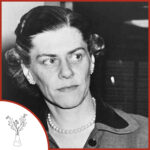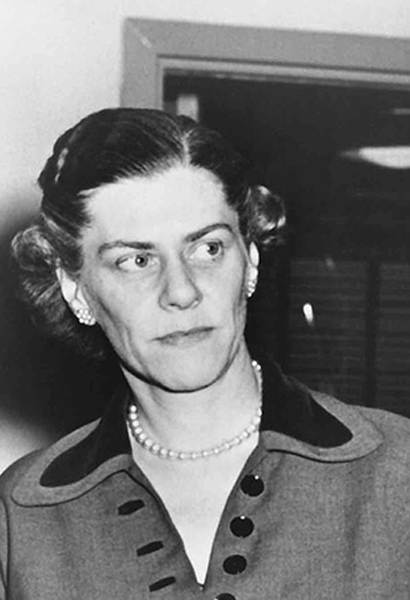

Birth: November 19, 1910
Death: July 4, 1993
Specialty: Microbiology
Major Contributions:
Helped bring penicillin to mass production in WWII
First woman president of the New York Tuberculosis Association
Founded magazine “Antimicrobial Agents and Chemotherapy”
Image Source: Vassar
In 1928, the world of medicine was changed when Alexander Fleming demonstrated the antibacterial properties of penicillin. But the large-scale impact of his discovery was only realized during World War II, when microbiologists discovered ways to mass produce the drug.
One of those scientists was Gladys Hobby. Born on November 19, 1910, Hobby studied at Vassar initially finding her course in chemistry difficult but also the most intriguing. Earning her chemistry bachelors in 1931 followed by a doctorate from Columbia University four years later.
At Columbia, Hobby was on a research team that was investigating the uses of penicillin. She was especially interested in the possibilities of its use in chemotherapy. Using a small initial sample, they used a variety of improvised methods to “brew” more penicillin for study, including setting up flasks under the seats of Columbia’s amphitheater. It took years to grow sufficient amounts for treating patients, but eventually they began testing on humans shortly before World War II.
Together with Drs. Martin Dawson and Karl Meyer, the team found a way to begin the mass production of the drug for use in the war effort, a task that Hobby compared to the Manhattan Project because of the urgency of the need.
She chronicled this work in her book Penicillin: Meeting the Challenge. In her book she refutes the oft repeated story that Fleming’s discovery was due to his messy lab, pointing out that scientists of that time thought that incubation at room temperature helped form the organisms he was interested in.
Hobby later went on to work for Pfizer Pharmaceuticals, where she continued studying antibiotics like streptomycin and terramycin, expanding medical knowledge about antibiotics and the disease they were used to treat. After leaving Pfizer, she continued to study chronic infectious diseases as the chief of the Veterans Administration Special Research Laboratory focusing on the characteristics and control of tuberculosis. In 1963, she became the first woman president of the New York Tuberculosis Association.
In 1972, Hobby founded the magazine Antimicrobial Agents and Chemotherapy, which continues to be published by the American Society for Microbiology, a long lasting part of her legacy of discovery and achievement.
Written by Mary Ratliff
Sources:
Wikipedia: Gladys Lounsbury Hobby
Gladys Hobby, 82, Pioneer in Bringing Penicillin to Public
Vassar Encyclopedia: Gladys Hobby
Penicillin: Meeting the Challenge Book Review, PubMed
See Also:
Antimicrobial Agents and Chemotherapy
